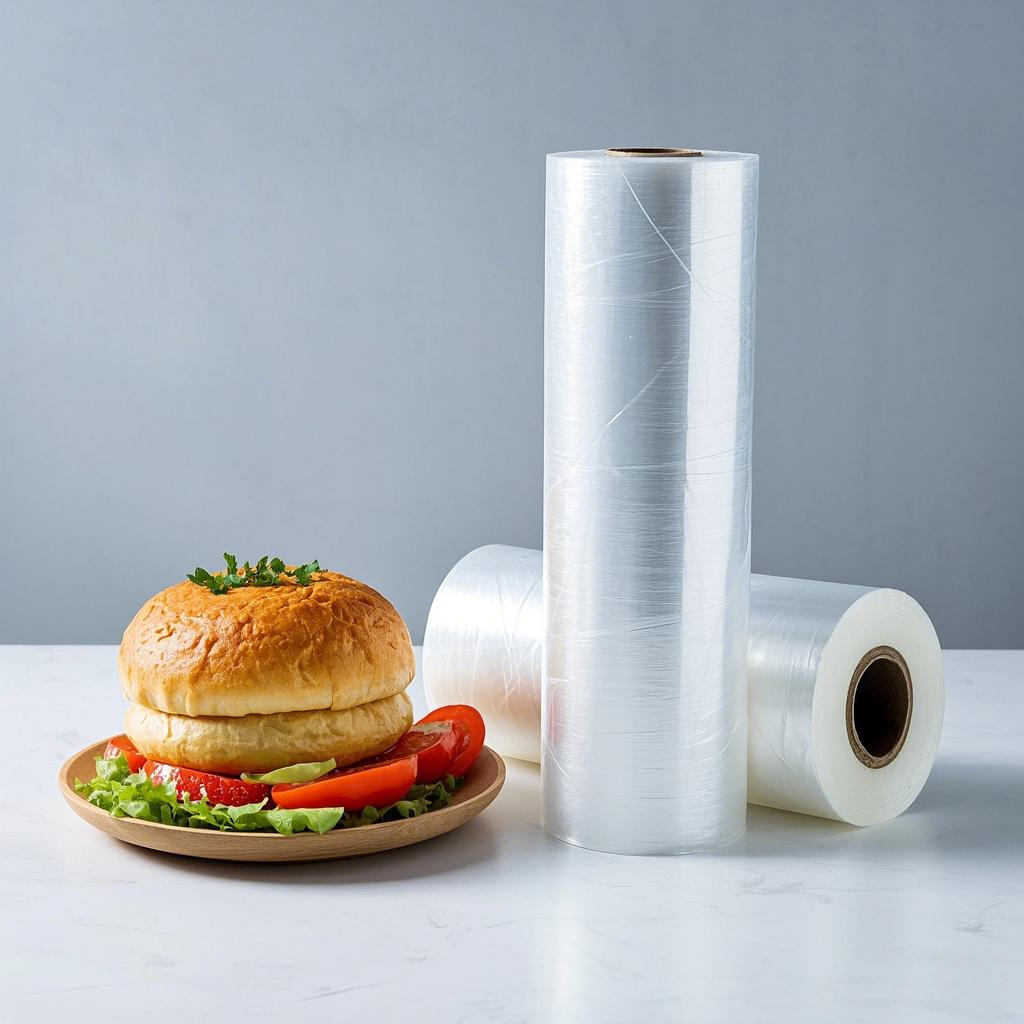In recent days, both consumers and food industry insiders have been pondering a pivotal question: Can stretch film be used for food packaging? As the demand for efficient and secure food packaging solutions surges, this query has come to the forefront.
Stretch film, celebrated for its flexibility and remarkable capacity to tightly enclose products, has become a mainstay in numerous packaging scenarios. Nevertheless, when venturing into food packaging, multiple aspects demand careful deliberation.
Safety stands as one of the foremost concerns. Food-grade stretch films are meticulously crafted for food packaging purposes. These films are composed of materials that adhere to stringent safety norms established by regulatory authorities, such as the U.S. Food and Drug Administration (FDA). They are devoid of harmful chemicals that might potentially seep into the food, guaranteeing that the packaged food remains safe for consumption. For instance, certain polyethylene-based stretch films are approved for direct food contact due to their low gas and moisture permeability, which aids in maintaining the freshness and quality of the food.
Conversely, non-food-grade stretch films should never be employed for food packaging. These films may contain additives or contaminants that pose risks to human health. Wrapping food with them could result in the transfer of substances like heavy metals or toxic chemicals, which may have detrimental impacts on consumers.
Another crucial factor to consider is the nature of the food being packaged. For dry foods such as cereals, pasta, or snacks, food-grade stretch film proves to be an outstanding choice. It acts as a protective shield against dust, moisture, and insects, keeping the food fresh and shielded from external pollutants. In the case of fresh produce, stretch film can also be advantageous. It helps in maintaining the appropriate humidity levels around fruits and vegetables, thereby extending their shelf life. However, when dealing with fatty or oily foods, special attention is necessary. Some stretch films may not be suitable as they can be affected by the oil, causing the film’s integrity to deteriorate over time.
The food industry is also in a constant state of evolution regarding its packaging techniques. Many food manufacturers are now utilizing colored stretch film for food products. Besides fulfilling the function of protection, the color-coding can be used to denote different product varieties, expiration dates, or nutritional information, enhancing consumer convenience.
In summary, although stretch film can be utilized for food packaging, it is essential to ensure that it is food-grade and appropriate for the specific type of food. By making well-informed decisions, both consumers and food enterprises can safeguard the safety and quality of food products while reaping the benefits of the convenience and versatility that stretch film offers.
Post time: Mar-16-2025


